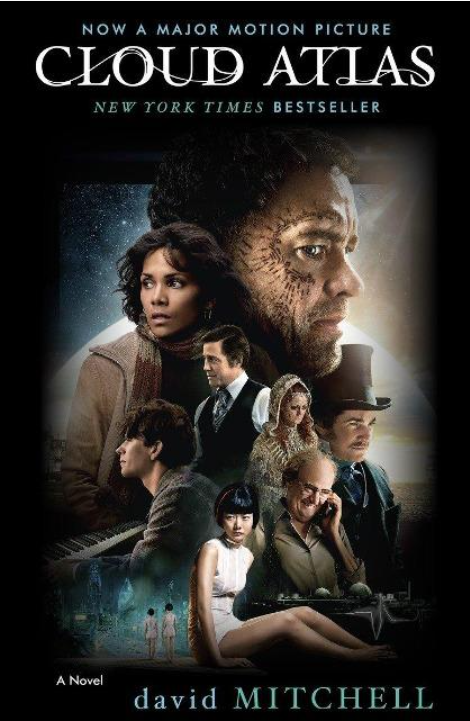
"Cloud Atlas" from 2012. Dir. Lana Wachowski, Lilly Wachowski, Tom Tykwer.
Cloud Atlas is a film that remarkably portrays the process of reincarnation, emphasizing that it doesn’t have to follow a straight line. While time appears linear to us—we divide it into past, present, and future—the film poses the question: what if the nature of time is entirely different? It suggests that our “next lives” might exist simultaneously or intersect at different moments in history, regardless of chronology, creating a web of connections beyond the concept of time as we know it.
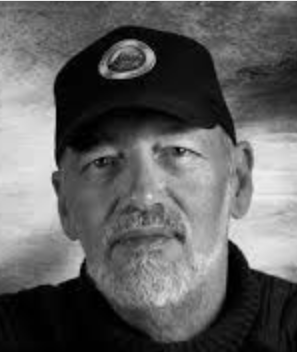
Ra Uru Hu - Greatest speech (YouTube)
The quintessence of Human Design wisdom: Knowing is one thing, applying it in life is a completely different matter. From ignorance, through self-discovery, discipline, healing, and shedding conditioning, to finding oneself and achieving self-realization. Easy to write… but it takes years, maybe even lifetimes, to truly go through this journey. But perhaps that’s the very nature of life.
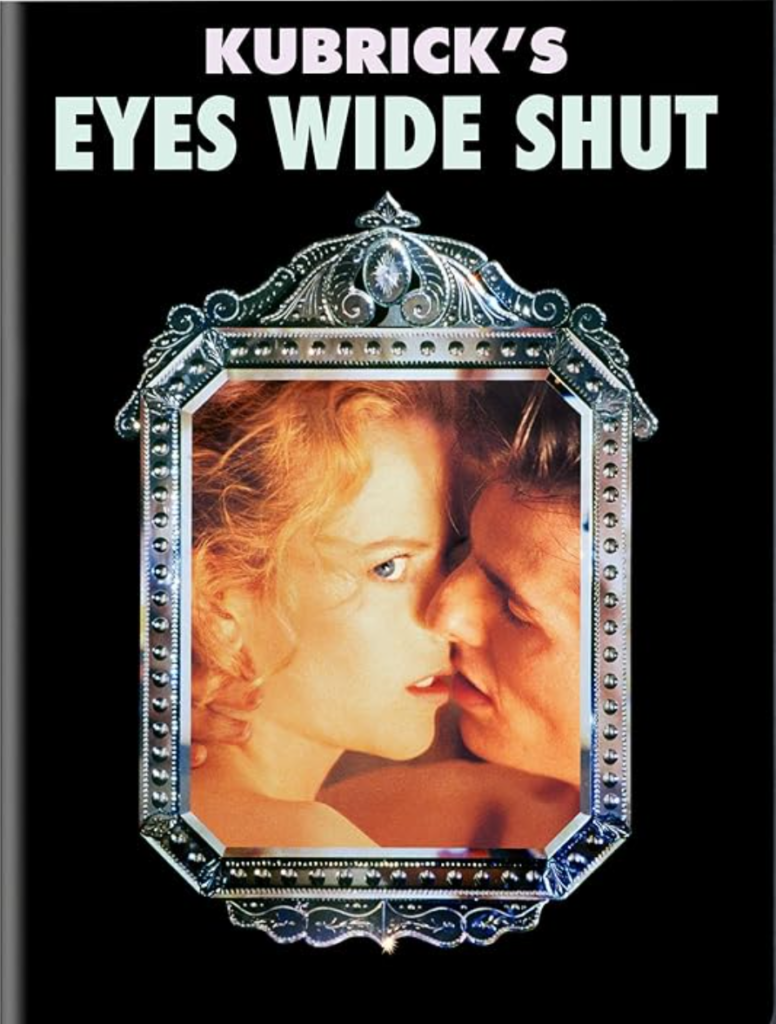
"Eyes Wide Shut" from 1999. Dir. Stanley Kubrick.
Stanley Kubrick’s controversial film delves into the mysterious and dark corners of the human psyche and the nature of power. The main plot centers around a husband who, through a chance discovery, is drawn into the world of elite, secret societies that evoke associations with the Illuminati. Kubrick, who died under mysterious circumstances shortly after filming was completed, left behind a work that, for many, may be more than just fiction—it could be seen as a documentary exposing hidden mechanisms of power that might still operate beyond the “official order.”
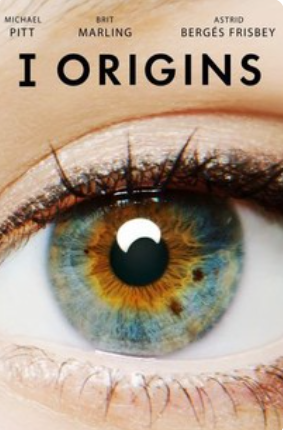
"I Origins" from 2014. Dir. Mike'a Cahilla
I Origins (2014) is a thought-provoking film about a molecular biologist who studies the uniqueness of the human iris and its connection to identity and spirituality. After the tragic death of his girlfriend, he discovers a clue suggesting the possibility of reincarnation — finding a young girl in India whose eyes have the exact same iris pattern as his late beloved.
The film masterfully blends science with metaphysics, raising questions about the boundaries between logic and spirituality.
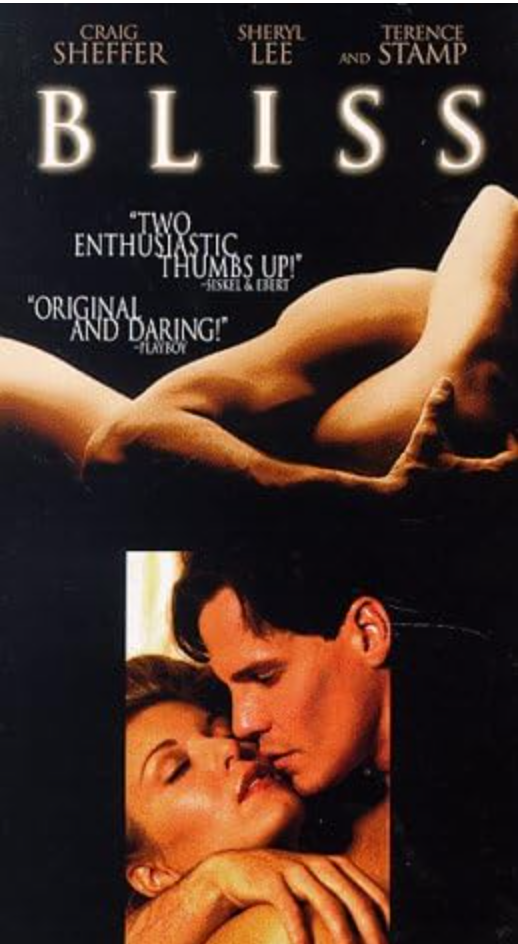
"Bliss" from 1997. Dir. Lance Young
The film “Bliss” explores the themes of intimacy, trauma, and the healing power of love, highlighting the complexity of the relationship between two people trying to find each other and themselves. It emphasizes the crucial role that openness and the acceptance of one’s wounds play in building closeness. It also shows how relationships with parents shape our perception of love, influencing our ability to form healthy, authentic bonds in adult life. Directed by a very mysterious filmmaker, after completing the film, all traces of the director vanished. Additionally, the film incorporates techniques from Tantra, Tao, and Yoga, offering a deep exploration of these spiritual practices in the context of personal and relational growth.
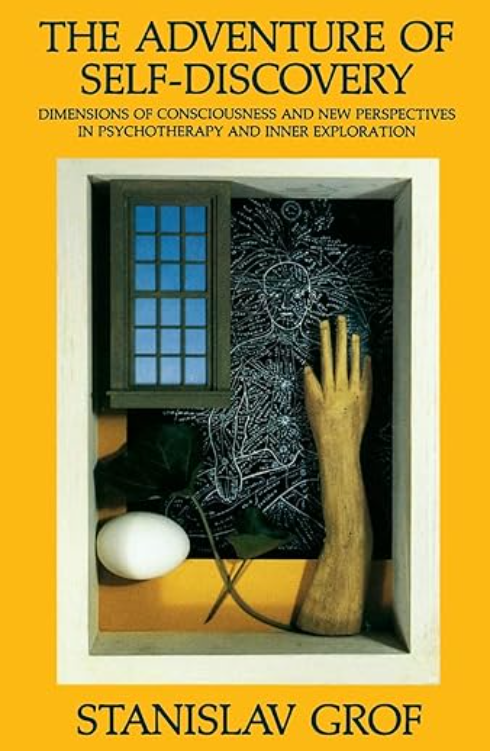
""The Adventure of Discovering Oneself: Dimensions of Consciousness. New Perspectives in Psychotherapy" - book from 1997. Stanislav Grof.
The book explores the theme of human consciousness, revealing its multidimensionality and its impact on the process of self-awareness and personal development. The authors combine psychological and spiritual approaches, offering new tools and perspectives for therapeutic work. The book emphasizes the importance of integrating various levels of consciousness — from rational to transpersonal — in the healing process and in discovering one’s potential. It also discusses the role of trauma, emotions, and spirituality in shaping human identity. This inspiring compendium is intended for therapists and individuals seeking a deeper understanding of themselves as well as new paths to inner balance and self-realization.
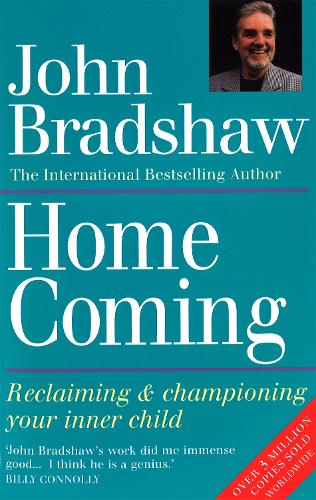
"Homecoming: Reclaiming & championing your inner child". Book from 2009 byJohn Bradshaw
The book that explores the process of healing the inner child and addressing emotional wounds from the past. The author, a well-known psychotherapist, explains how early childhood experiences shape our adult lives, relationships, and self-worth. He presents practical techniques to reconnect with our authentic selves, work through past traumas, and develop healthier emotional patterns.
This book offers deep insights into the ways unresolved childhood pain affects our behavior and decision-making. It is an inspiring read for anyone seeking self-awareness, emotional freedom, and personal growth.
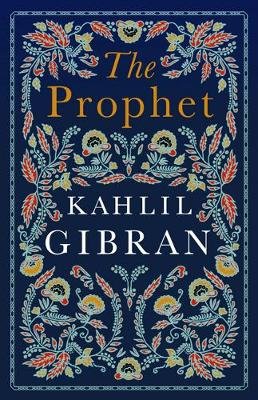
"The Prophet" book from 1923 by Kahlil Gibran.
The Prophet is a book of 26 prose poetry fables written in English by the Lebanese–American poet and writer Kahlil Gibran. It was originally published in 1923. It is Gibran’s best known work. The Kahlil Gibran Collective says that The Prophet has been translated into over 100 languages, and is one of the best selling books of all time. It has never been out of print. The prophet Al Mustafa has lived in the city of Orphalese for 12 years and is about to board a ship which will carry him home. He is stopped by a group of people, with whom he discusses topics such as life and the human condition. The book is divided into chapters dealing with love, marriage, children, giving, eating and drinking, work, joy and sorrow, houses, clothes, buying and selling, crime and punishment, laws, freedom, reason and passion, pain, self-knowledge, teaching, friendship, talking, time, good and evil, prayer, pleasure, beauty, religion, and death.
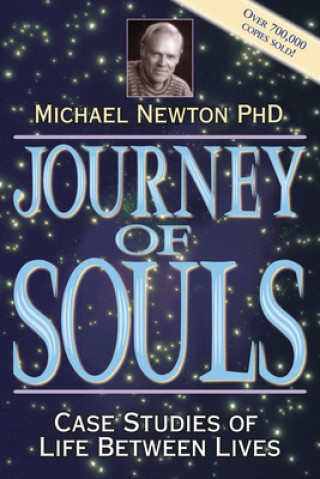
"Journey of Souls" is a book from 1994 by Michael Newton,
The author, a hypnotherapist, presents accounts from his patients who, under deep hypnosis, described their experiences between incarnations.
Newton wrote this book after conducting several thousand hypnosis sessions and years of research on the subject of life after death. He provides a detailed description of what happens to the soul after death, what the spiritual world looks like, the process of reincarnation, and how a new life is chosen. The book offers a fascinating perspective on the afterlife, bringing hope and a deeper understanding of the soul’s journey.